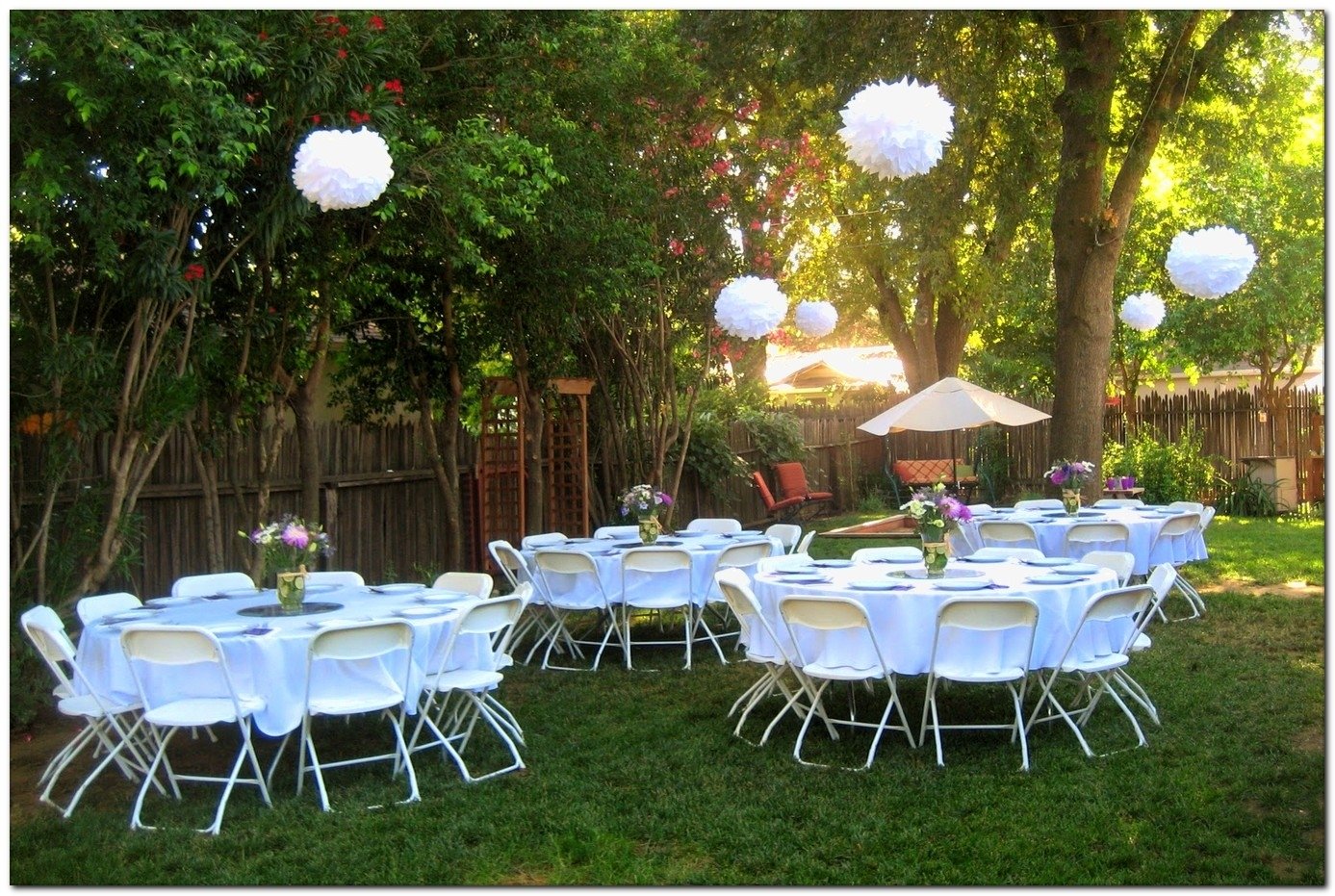Countdown to princess weight loss goals
Table of Contents
Table of Contents
Losing weight can be a difficult journey, but setting achievable weight loss goals is a key part of success. Whether you’re looking to shed a few pounds or make a significant lifestyle change, setting realistic goals can help you stay on track and motivated. Here are some Weight Loss Goals Ideas that can help you keep your goals in sight and achieve your desired weight.
Pain Points Related to Weight Loss Goals Ideas
One of the main pain points when it comes to weight loss goals is setting objectives that are too difficult to attain. This can lead to frustration and feelings of failure, which can often result in giving up on weight loss goals completely. On the other hand, setting goals that are too easy can be unstimulating and fail to provide the sense of accomplishment needed to stay motivated.
Target of Weight Loss Goals Ideas
The primary target of Weight Loss Goals Ideas is to help individuals set realistic and achievable goals that will support their weight loss journey. By creating goals that are challenging yet feasible, individuals can maintain motivation throughout their weight loss journey and achieve their desired weight.
Summary of Main Points
Weight Loss Goals Ideas help individuals create realistic and achievable objectives that can support their weight loss journey. By setting challenging but attainable goals, individuals can stay motivated, avoid feelings of failure, and ultimately achieve success. Whether you’re looking to lose a few pounds or make a significant lifestyle change, setting clear and achievable goals is an essential part of the process.
Creating a Plan for Weight Loss Goals Ideas
Before embarking on any weight loss journey, it’s essential to create a plan that will help guide you along the way. Start by setting a specific weight loss goal, such as losing 10 pounds in three months. Next, break down your goal into smaller, more manageable steps, like drinking more water or walking for 30 minutes a day. Finally, track your progress and adjust your plan as needed to ensure you’re on track to reach your ultimate goal.
 Personally, I found it helpful to create a chart or visual to track my progress. Seeing tangible evidence of my weight loss journey helped me stay motivated and on track.
Personally, I found it helpful to create a chart or visual to track my progress. Seeing tangible evidence of my weight loss journey helped me stay motivated and on track.
Setting Realistic Timeframes for Weight Loss Goals Ideas
While it’s essential to set specific weight loss goals, it’s equally important to be realistic about the amount of time it will take to achieve them. Losing weight too quickly can be dangerous and unsustainable, leading to feelings of discouragement and possible weight gain in the future. Instead, focus on slow and steady progress, aiming for a weight loss of 1-2 pounds per week.
 Personally, I found it helpful to set timeline goals that incorporated both weight loss goals and non-weight loss goals. For example, I would set a goal to run a 10k race within six months and include smaller goals along the way that would support my overall weight loss objective.
Personally, I found it helpful to set timeline goals that incorporated both weight loss goals and non-weight loss goals. For example, I would set a goal to run a 10k race within six months and include smaller goals along the way that would support my overall weight loss objective.
The Importance of Habit-Based Goals
One of the most effective ways to achieve weight loss goals is by focusing on habit-based goals. Rather than solely focusing on the number on the scale, setting goals around healthy habits like eating more vegetables or getting enough sleep can ultimately lead to long-term weight loss success.
 Personally, I found it helpful to start by identifying the habits that were preventing me from achieving my weight loss goals. By setting habit-based goals around those specific habits, I was able to break unhealthy patterns and create new, healthy habits for long-term success.
Personally, I found it helpful to start by identifying the habits that were preventing me from achieving my weight loss goals. By setting habit-based goals around those specific habits, I was able to break unhealthy patterns and create new, healthy habits for long-term success.
Question and Answer
What are some examples of habit-based goals that can support weight loss?
Some examples of habit-based goals include incorporating more fruits and vegetables into your diet, getting enough sleep, drinking more water, and reducing your intake of sugary or processed foods.
How can social support help with weight loss goals?
Having a support system can be an essential part of achieving weight loss goals. Surrounding yourself with people who share your goals can provide accountability, motivation, and encouragement when things get tough.
How can tracking progress help with weight loss goals?
Tracking progress can provide tangible evidence of success and help individuals stay motivated on their weight loss journey. Whether it’s creating a chart or using a fitness tracker, tracking progress can help individuals stay on track and adjust their plan as needed.
What should be done if weight loss goals are not being achieved?
If weight loss goals are not being achieved, it’s essential to re-evaluate your plan and adjust as needed. This may include changing your diet, increasing exercise, or seeking the guidance of a medical professional.
Conclusion of Weight Loss Goals Ideas
Setting realistic and achievable weight loss goals is a key part of success. By creating a plan, focusing on habit-based goals, and tracking progress, individuals can achieve their desired weight and create healthy habits for long-term success.
Gallery
The 25+ Best Weight Loss Rewards Ideas On Pinterest | Motivational

Photo Credit by: bing.com / beliteweight kilo verme lose uphill feels rewards gastric achievable motivasyonu quotesgram diets yaşam sağlıklı
Fitness Goals That Have Nothing To Do With Weight Loss

Photo Credit by: bing.com / goals loss weight nothing fitness
23 Best Visual Weight Loss Tracking Images On Pinterest | Diet

Photo Credit by: bing.com / utilize binder
Weight Loss Goals Vs. Habit Based Goals - Emily Field RD

Photo Credit by: bing.com / goals weight loss vs habit based
Countdown To Princess: Weight Loss Goals

Photo Credit by: bing.com / weight weightloss countdown rewards losing princess condren exercise calorie shred youtu goldhealthtips weightlosstips dettoxrelaay hashtagdetox fitnessjourney fatloss fitspiration





